A Bridge Too Far: Prosecutors Hit a Roadblock in Bridgegate as the Supreme Court Refuses to Expand Federal Fraud Laws
Yesterday, in Kelly v. United States, the Supreme Court issued a unanimous decision overturning the federal fraud convictions of Bridget Kelly and William Baroni, the two figures at the center of Bridgegate, the now infamous scandal involving the reallocation of lanes on the George Washington Bridge. The facts of the case are largely undisputed: Back in 2013, Kelly, an aid to then-New Jersey Governor Chris Christie, and Baroni, a senior Port Authority official, conspired to reconfigure the lanes to create gridlock in nearby Fort Lee, New Jersey, as political payback against the town’s mayor for not endorsing Christie.
With all nine justices joining in the chorus, the message to prosecutors is clear: Not even the most brazen abuses of power are necessarily criminal. The Court recognized that the defendants’ actions actually “jeopardized the safety of the town’s residents”—an ambulance trying to reach a heart attack victim was delayed, school buses were frozen in place for hours, and police were impeded in responding to a report of a missing child. Meanwhile, as Kelly and her cohorts refused to return the mayor’s desperate messages, Kelly delighted: “Is it wrong that I am smiling?” Do the optics for a defense lawyer get any worse? Yet, with an admirable unified front, the Court has put its collective foot down on prosecutors’ attempts to stretch the fraud statutes further.
Back in January, I wrote here about oral argument in the case. As discussed in that piece, it was apparent from the argument that the Court was grappling with whether and to what extent the deceptive misuse of government resources constitutes fraud, and specifically fraud to obtain property, as required for wire fraud (18 U.S.C. § 1343) and federal-program fraud (18 U.S.C. § 666(a)(1)(A)), the offenses at issue. (Also check out my colleague Norm Anderson’s earlier piece here on the Court’s grant of certiorari in the case.)
As bad as their behavior was, though, one thing is clear: neither Kelly nor Baroni walked away with a suitcase full of cash. There were no kickbacks or bribes. So what “property” was “obtained,” as required by both statutes? The prosecutors had two theories: (1) the defendants “commandeered” the bridge for their own private purposes and (2) their scheme costed the government money for the sham “traffic study” used as a cover-up and the extra toll-booth operator needed to keep open the one remaining lane from Fort Lee if the other one needed a break. The Court took each theory in turn.
First, the Court squarely rejected the government’s “commandeering” theory. Relying on its decision in Cleveland v. United States, the Court distinguished between property and the exercise of regulatory power. Cleveland reversed a fraud conviction based on a scheme to influence the distribution of Louisiana’s gaming licenses, reasoning that the State’s “sovereign power to regulate” is not a property right. Similarly, in Kelly, the defendants “regulated use of the lanes, as officials responsible for roadways so often do—allocating lanes as between different groups of drivers.”
The Court spent more words addressing the government’s second theory—the personnel costs incurred as part of the scheme. Unlike a regulatory change, “[a] government’s right to its employees’ time and labor . . . can undergird a property fraud prosecution.” Examples given include a mayor using city workers to renovate his daughter’s home or a parks commissioner having workers to do gardening for political contributors. The difference in Kelly, the Court reasoned, is that the “property,” in the form of the workers’ labor, was “only an incidental byproduct of the scheme” and not an “object of the fraud.” The Court explained: “Every regulatory decision . . . requires the use of some employee labor. But that does not mean every scheme to alter a regulation has that labor as its object.” The traffic study and additional toll operator “were just the implementation costs of the defendants’ scheme.” Such incidental costs were not “obtained” by the defendants, as required by both statutes at issue.
The Court finished up with a remarkably strong statement for a unanimous opinion:
Much of governance involves (as it did here) regulatory choice. If U.S. attorneys could prosecute as property fraud every lie a state or local official tells in making such a decision, the result would be—as Cleveland recognized—“a sweeping expansion of federal criminal jurisdiction.” . . . In effect, the Federal Government could use the criminal law to enforce (its view of) integrity in broad swaths of state and local policymaking.
So where do we go from here? For white collar defense attorneys, Kelly surely is one more in a helpful line of high-court decisions cabining prosecutors’ attempts to expand the fraud laws, adding to prior decisions in McNally, Skilling, and McDonnell. But despite the unanimity and decisive language in Kelly, questions undoubtedly will linger.
- What if an official did not have authority to make the regulatory change? If that can be considered, do you look to state law for state officials?
- When does a person become a criminal by “obtaining” the time of government workers? Is there a de minimis amount of time you can obtain?
- Where is the line between an incidental governmental cost and a non-incidental one?
- How do you determine the object of a scheme? What if there is more than one object?
- Do the same principles about incidental costs apply to private-sector companies?
Much like the continuing fallout from Skilling (addressed in depth previously by Jon Jeffress and me last summer), the lower courts will be tasked with sorting out the answers to these and other questions.
May 8, 2020
